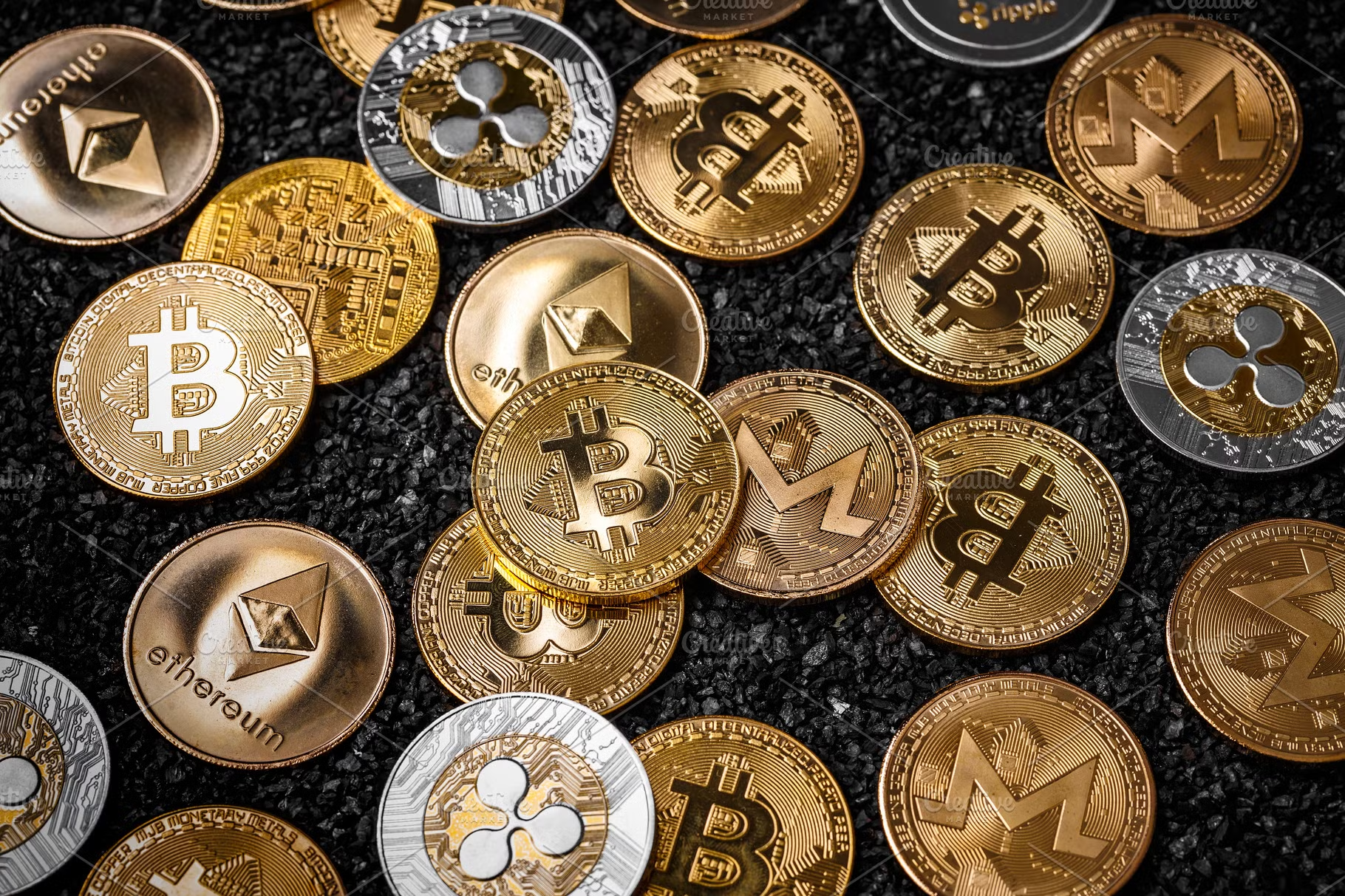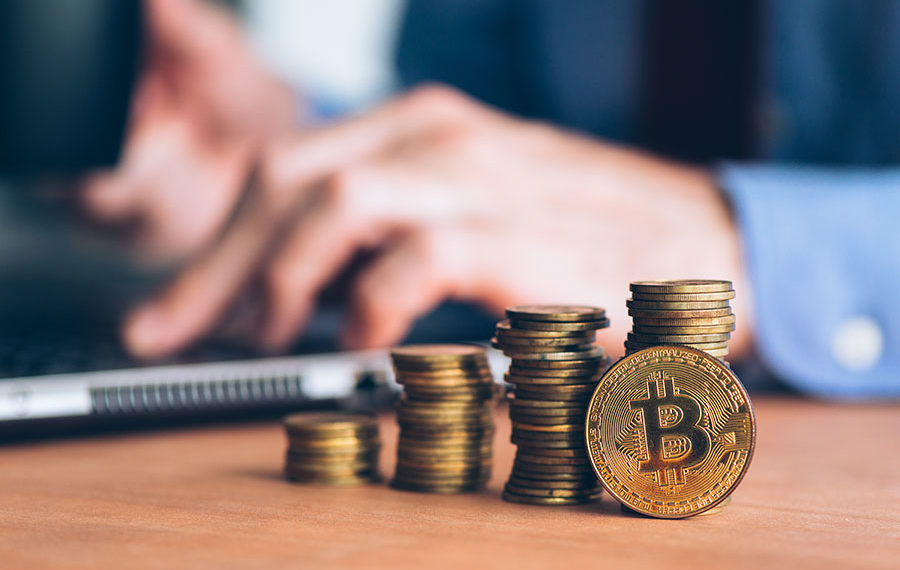Buy cryptocurrency
De cryptovalutamarkt is hoogst instabiel, dus bereid je voor op pieken en dalen. Je zult de prijzen dramatisch zien schommelen. Als je beleggingsportefeuille of geestelijk welzijn dat niet aankan, zijn cryptovaluta voor jou misschien geen verstandige keuze.< most predictable sports /p>
Research shows a trend towards centralization in bitcoin as miners join pools for stable income. : 215, 219–222 : 3 If a single miner or pool controls more than 50% of the hashing power, it would allow them to censor transactions and double-spend coins. In 2014, mining pool Ghash.io reached 51% mining power, causing safety concerns, but later voluntarily capped its power at 39.99% for the benefit of the whole network. A few entities also dominate other parts of the ecosystem such as the client software, online wallets, and simplified payment verification (SPV) clients.
In January 2024 the SEC approved 11 exchange traded funds to invest in Bitcoin. There were already a number of Bitcoin ETFs available in other countries, but this change allowed them to be available to retail investors in the United States. This opens the way for a much wider range of investors to be able to add some exposure to cryptocurrency in their portfolios.

Cryptocurrency trading
Traders can also choose derivatives such as contracts for difference (CFDs), options and future contracts to speculate on the prices of coins without actually owning them. With CFDs, traders can open both long and short positions, speculating on rising or falling prices.Note, however, that CFDs involve the use of leverage, which magnifies both profits and losses.
The ProShares Bitcoin Strategy ETF (BITO) was the first cryptocurrency ETF to launch on a US exchange in October 2021. BITO tracks bitcoin futures contract prices rather than the spot bitcoin price. In June 2022, it was followed by a short Bitcoin ETF, the ProShares Short Bitcoin Strategy ETF (BITI) that speculates on the cryptocurrency’s price falling. It is based on future contracts.
A CFD is a derivative product where a broker agrees to pay a trader the difference in the value of an underlying security between two dates – a contact’s opening and closing. You can either hold a long position, speculating that the price will rise, or a short position, speculating the price will fall.

Traders can also choose derivatives such as contracts for difference (CFDs), options and future contracts to speculate on the prices of coins without actually owning them. With CFDs, traders can open both long and short positions, speculating on rising or falling prices.Note, however, that CFDs involve the use of leverage, which magnifies both profits and losses.
The ProShares Bitcoin Strategy ETF (BITO) was the first cryptocurrency ETF to launch on a US exchange in October 2021. BITO tracks bitcoin futures contract prices rather than the spot bitcoin price. In June 2022, it was followed by a short Bitcoin ETF, the ProShares Short Bitcoin Strategy ETF (BITI) that speculates on the cryptocurrency’s price falling. It is based on future contracts.
Cryptocurrency bitcoin price
Bitcoin has a maximum supply of 21 million coins. This cap ensures that no more than 21 million BTC will ever exist, making Bitcoin a scarce asset. As of 2024, around 19.6 million Bitcoins have already been mined, leaving only a small portion left to be introduced into circulation.
You control your Bitcoin through a digital wallet, which has a private key. This key is like a password that gives you access to your Bitcoin. Without it, no one can move or spend your Bitcoin. The system is decentralized, meaning no single person or entity controls it. This makes Bitcoin secure and resistant to fraud.
Another point that Bitcoin proponents make is that the energy usage required by Bitcoin is all-inclusive such that it encompasess the process of creating, securing, using and transporting Bitcoin. Whereas with other financial sectors, this is not the case. For example, when calculating the carbon footprint of a payment processing system like Visa, they fail to calculate the energy required to print money or power ATMs, or smartphones, bank branches, security vehicles, among other components in the payment processing and banking supply chain.



